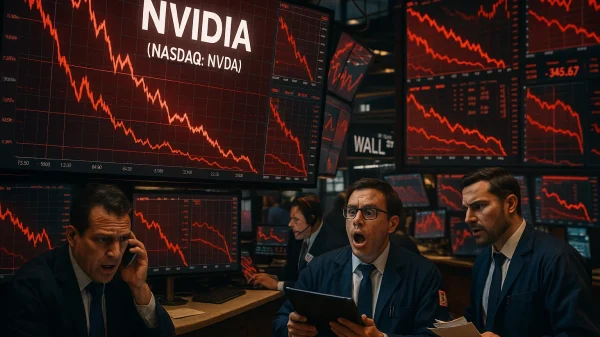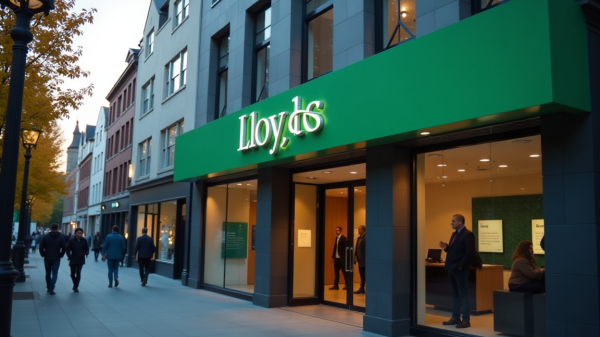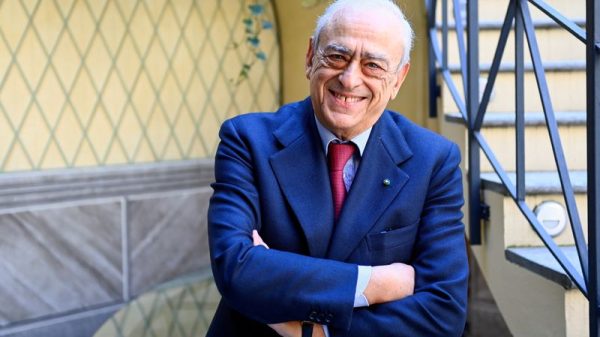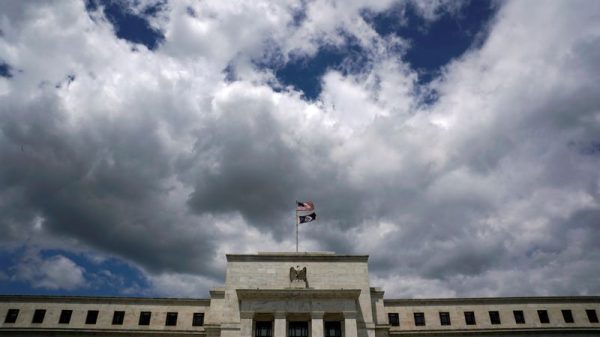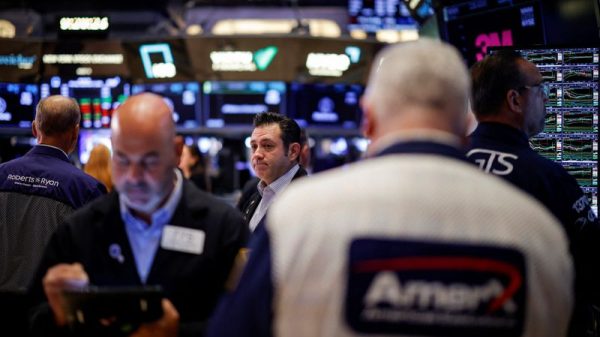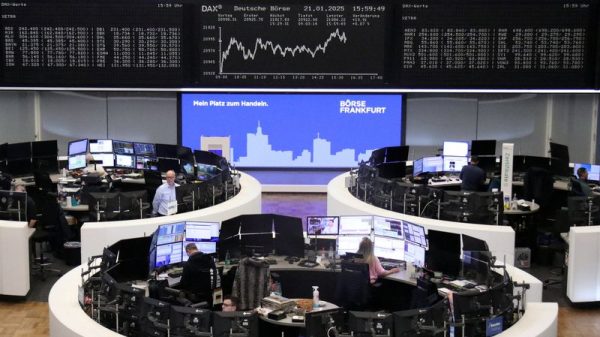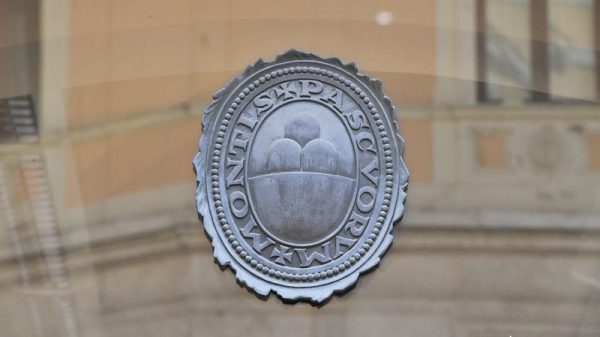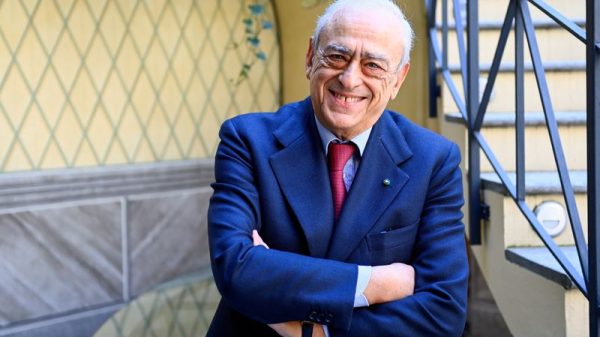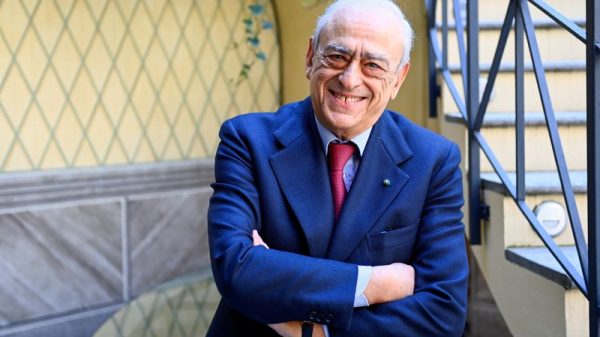Brazilian health provider Hapvida (HAPV3) declared a net profit of R$338 million on Wednesday night, but the third quarter of 2025 proved to be quite disappointing.
According to local media outlet InfoMoney, the stock opened with a 32.43% drop to R$22.09 after about 20 minutes in auction on the morning of Thursday, and lost almost 40% (R$19.62), which is the unmistakable market response to the numbers that show the lack of sustainability of everything financial and operational.
The net debt reached the end of Q3 at R$4.25 billion, being 3.7% above the previous year.
Leverage, as measured by the net debt to EBITDA ratio, increased marginally to 1.0x, 0.01x higher y-o-y.
This was offset by the cash loss ratio, which rose by 1.3 percentage points quarter on quarter to 75.2% as a result of a step-up seasonal deployment related to the increase in new healthcare units.
Declining margins and weaker profitability
According to Goldman Sachs, Hapvida’s recurring adjusted EBITDA totalled R$613 million, excluding R$133 million in non-recurring items—representing a 20% quarterly decline and 27% below consensus projections.
The recurring EBITDA margin declined to 7.9%, compared to an expected 10.7%, driven down by higher medical claims and operational expenditures.
Stronger-than-expected seasonal effects, increased fixed costs as a result of the development of hospital and outpatient facilities, and growing administrative and sales costs were all blamed for the declining medical loss ratio (MLR), which was up 1.4 percentage points from the prior quarter.
Additionally, the corporation recorded R$234 million in negative free cash flow, with net beneficiary additions indicating weakness in the São Paulo metropolitan region, where 24,000 beneficiaries were lost despite a modest consolidated gain of 13,000 lives.
Analysts cut estimates as challenges mount
Hapvida’s third quarter was deemed “very weak” by investment bank BTG Pactual, which cited several challenges, including an elevated MLR, muted free cash flow, below-expected organic growth, higher SG&A, and many non-recurring issues.
According to BTG, MLR accounted for 25% of the unfavourable outcomes, commercial charges for 10%, and general and administrative costs for 65%.
At R$7.78 billion, net revenue increased 6% year over year but fell 1% shy of projections.
With a 7.9% margin, adjusted EBITDA fell 20% year over year to R$613 million, comparable to levels observed during the GNDI acquisition.
A R$13 million negative impact from an agreement with the National Health Agency (ANS) further strained the financial outcome, causing financial expenses to increase by 36% annually.
While the accounting result revealed a R$57 million loss, adjusted net income came in at R$204 million, 34% less than anticipated. Leverage stayed at 1.0x, while post-capex free cash flow stayed negative at R$52 million.
After that, BTG lowered its EBITDA projections for 2026 by 20%, keeping its buy rating while lowering its target price from R$67 to R$50.
JPMorgan turns neutral amid competitive pressure
JP Morgan was more severe, with a downgrade in the recommendation on Hapvida from overweight to neutral and cutting the target price to R$39, from R$52.
Adjusted earnings per share of R$0.22 were a 38% year-on-year decrease and came in 31% short of the bank’s own estimate and 60% below Bloomberg consensus, the bank said.
This underperformance was due to low net additions, ticket prices came in below expectations, and medical claims came in above expectations as seasonal pressures were intensified by an expansion in service availability and an unusually cold winter.
The bank cautioned that “some of the pressures in the 3Q25 numbers are likely to persist for at least most of 2026.”
Hapvida, for one, is investing in a structure that will allow it to consolidate market share while it enhances its capacity and quality of service, but short-run margins remain challenged.
The firm had previously anticipated EBITDA margins would continue to recover in 2026, but has adjusted that forecast to a more gradual recovery late in that year, stated JPMorgan.
Consequently, the bank slashed its 2025-26 adjusted EPS estimates by 20–30% and remains 30% below market consensus.
It retained Rede D’Or (RDOR3) as Latin America’s top stock pick in the healthcare sector.
The post Brazil’s Hapvida shares plunge nearly 40% after disappointing Q3 results appeared first on Invezz




